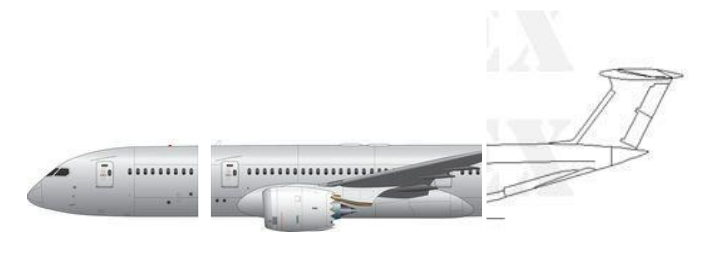Armando Poeta on a Need to Make the Aviation Industry More Cost-Efficient
Armando Poeta on future of aviation by introducing voice controlled programme for air crafts
The world economy has been hard hit by the pandemic and its consequences. A lot of industries are feeling the burn of recession and struggling to find innovative ways to cut costs while maintaining quality. Armando Poeta observes a need to especially reduce the cost of building, operating, and training both pilots and ground crews on commercial aircraft in the aviation industry.
The Problem
Modern aviation today is composed of planes that are best fit for the specific market target. Let’s think about the difference you can see in the 737, 747, 787, etc.
Armando Poeta notes how all these aircrafts are completely different from each other. The shape of the fuselage, wings, tails, and systems, are all different with minimal interchangeability. These differences lead to increased costs of development, testing, operation training, maintenance, and more. And yet, A common type of plane that can carry from 50 to 350 passengers and can be adapted to most of the jobs performed today.
A Better Way
A first solution is already in use by some of the manufacturers, like Bombardier says Armando Poeta. The CRJ series comes in different sizes with the only difference in the length of the fuselage. The rest of the airplane is essentially still the same design. This partially solves the problem of building one plane for different kinds of payloads. The advantage of this method is that one pilot that is trained on the CRJ 200 can fly the CRJ 900 without any extra training. The same goes for the ERJ 175/195 made by Embraer or the A-319/320/321 made by Airbus. However, this also results in some models with tails and cockpits that are too big or too small.
The Solution
So the need is to reduce building costs and increase the efficiency of planes which provides advantages for both the manufacturers and the customers. The solution Armando Poeta suggests is simple and involves two components: the proper size of the components and the interchangeability of the components.
The first solution is to properly size all the components of the plane and to keep the proportions, to build a plane of the proper size for the target payload. The experience of the 737 MAX has thought us that taking a small plane and making it bigger and bigger may not work. Taking the 737 and stretching it to the current MAX version caused stability problems. But Armando Poeta believes that reversing the procedure can be a better solution—taking a bigger plane and reducing its size. For example, if the current 787 is safe to fly at its current dimensions, it will be also safe to fly if it is shrunk down by keeping the proportion of all the parts.
Armando Poeta explains, the regular 787 can be used for heavy loads. By reducing the cross-section of the fuselage and the dimensions of the wings and tail, and keeping the original proportions between components, we can build a smaller version for a payload equivalent to the current 757 and 767. Reduce it again and we have an airplane that can carry the payload of the current 737. Eventually, reducing it further can lead to an aircraft equivalent to a current regional jet. This small version can also be adapted to corporate jets.
Current 787
New - 767
New 757
New 737
New Regional Jet – Corporate Jet
The Advantages
The obvious advantage of this solution is the optimization in the process of the whole development, manufacture, training, operation, and face out of the plane. Moreover, as the 787 in our example is an already existing plane, the certification to a smaller size may not be as time-consuming and as expensive as it would be od a brand-new aircraft built from scratches.
Armando Poeta also thinks, that done right, one pilot or mechanic that is certified to fly or work on one of those planes may be allowed to operate all of them with minimal training leading to saving time and money for every player involved.
The Other Shoe
The second part of the solution is to build aircraft with interchangeable components, to adapt them to different needs. To explain this better, Armando Poeta takes the example of the Boeing 787 and breaks it down into three main components:
The front portion
The central portion
The tail portion
This is how Armando Poeta envisions the interchangeability to work.

Three main components of the aircraft
Changing one of those three components and replacing the main of the current aircraft in use today.

High Wing Configuration
High wing configuration for turboprop or jet, to replace C-130 and regional turboprop.

Low Wing Configuration
Low wing configuration with T-tail to replace C-5, C-17, and similar.
B-52 and 747 Fire Tanker
Low wing configuration with the central part retrofit for dropping of the ordinance from fire retardant to bombs — to replace current B-52 and 747 fire tanker.
This solution can not only help the industry cut costs but also be more efficient as we move into a more tech-driven future.